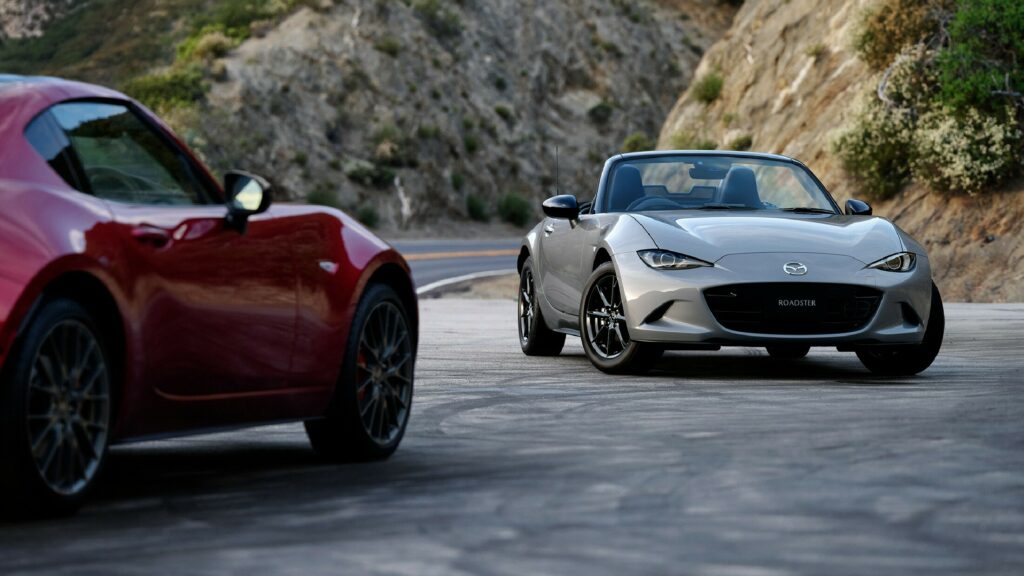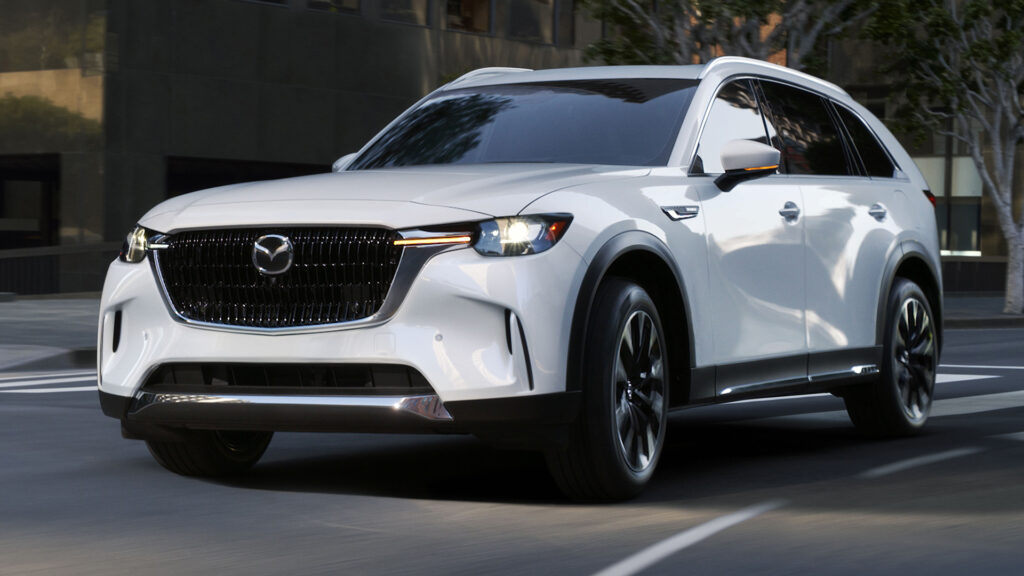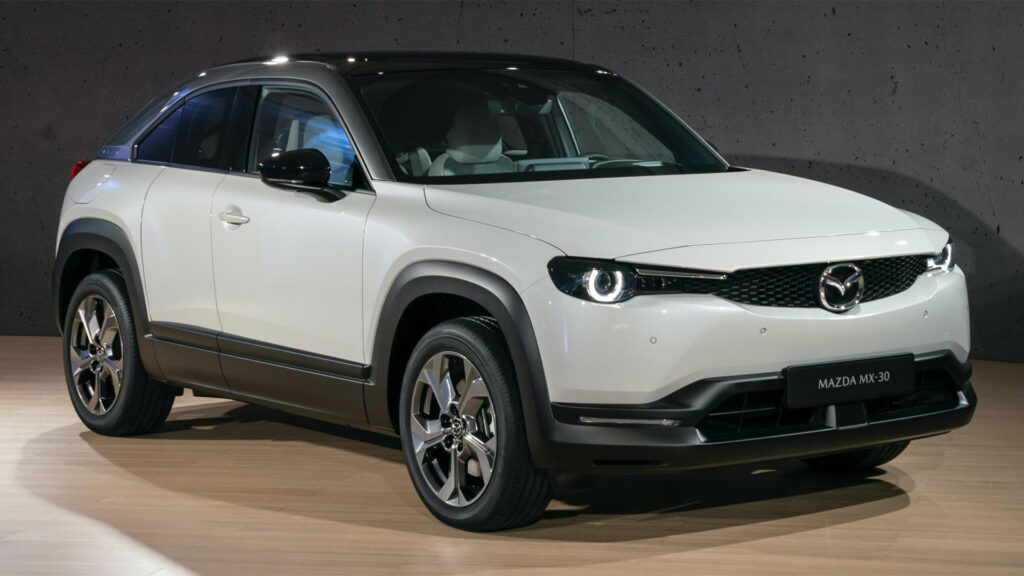Mazda plans to cut its CO2 emissions by 69% compared to FY2013 levels by FY2030 across its plants and sites throughout Japan before ultimately achieving carbon neutrality at all its plants globally by 2035. The company also intends to make its entire supply chain carbon-neutral by 2050.
A number of important initiatives will be introduced to help Mazda achieve its goals. The first thing the firm will do is introduce an Internal Carbon Pricing scheme where future investment decisions will take the future price of carbon trading into account and prioritize those investments that will serve as a major contributor to CO2 emissions reduction.
Read: Mazda Boss Says It Plans To Debut 7-8 New EVs By 2030 With Toyota’s Help
In addition, the carmaker will introduce renewable energy across its plants, starting with a switch from fossil fuels to liquid ammonia at its Hiroshima factory. It ultimately hopes to achieve a use ratio of non-fossil fuel power of 75% by the 2030 financial year. Mazda will also switch the fuel used to power vehicles within the company from diesel to a next-generation biofuel. In those cases where moving to alternative fuel sources is difficult, it will promote forestry preservation and re-forestry to absorb CO2 in Japan’s Chugoku region, among other areas.

Mazda will also investigate the best ways to reduce CO2 emissions from its factories outside of Japan by using the carbon-neutral initiatives in Japan as a reference model.
“Mazda will move forward with carbon neutral initiatives in line with our plans to contribute to the reduction of CO2 emissions and the prevention of global warming across all of our processes including manufacturing transportation, usage, and recycling/disposal, as we believe that such efforts are a core responsibility of automotive manufacturers,” director and senior managing executive officer at Mazda, Takeshi Mukai said. “Through these three pillars, Mazda is aiming to achieve carbon neutrality at all of its global plants by 2035 and will attempt to achieve carbon neutrality throughout the entire supply chain by 2050, contributing to the lasting coexistence with our planet.”




